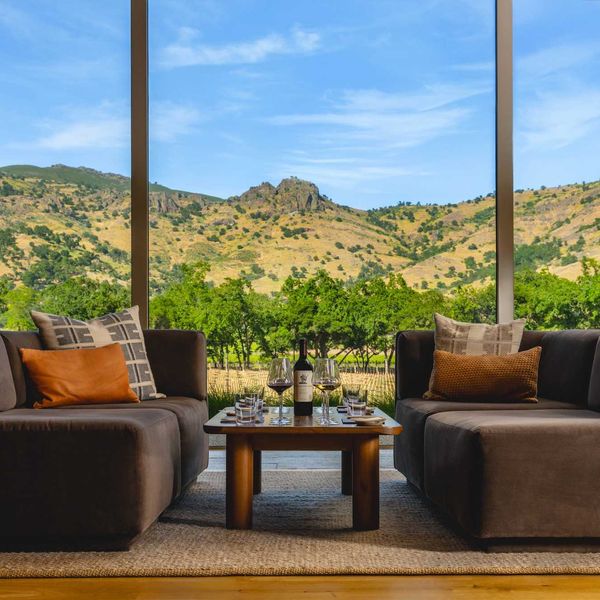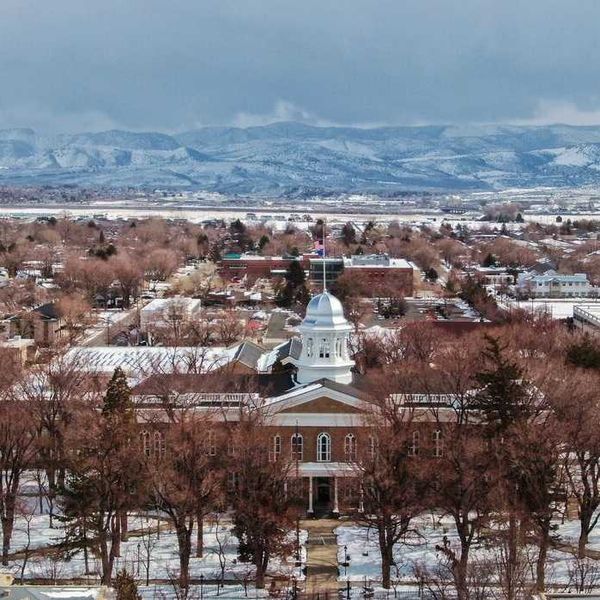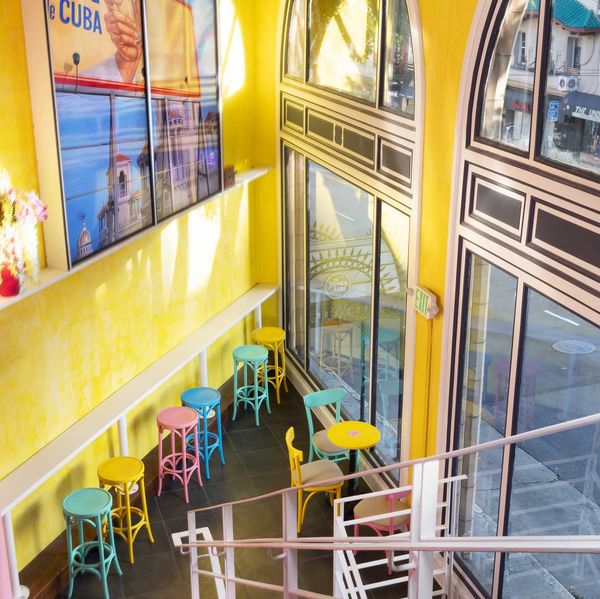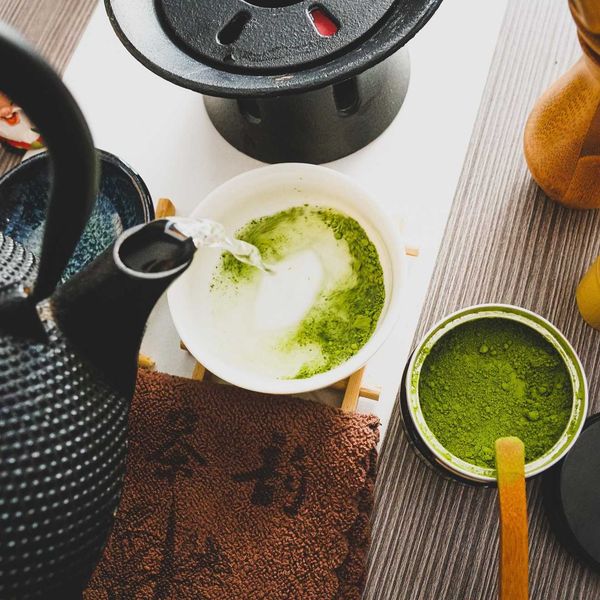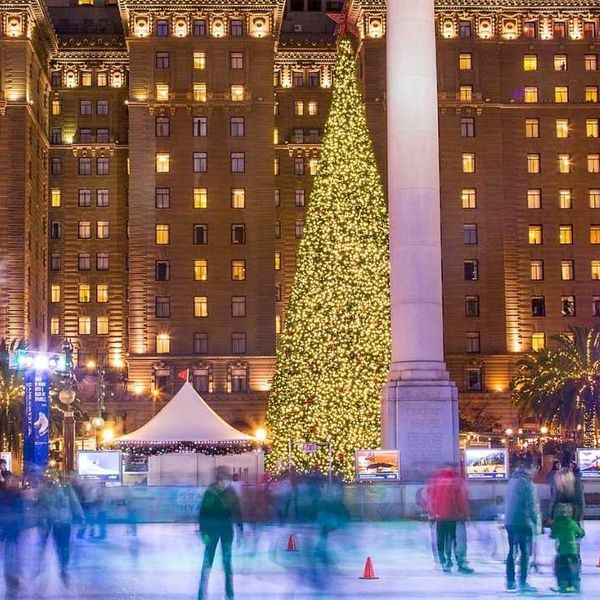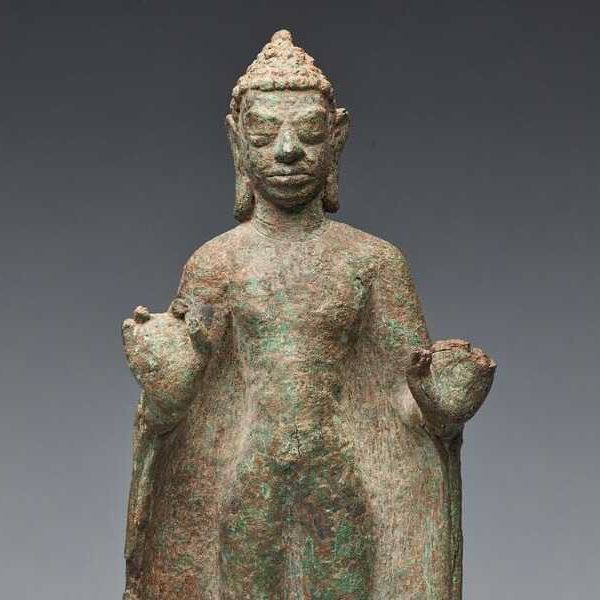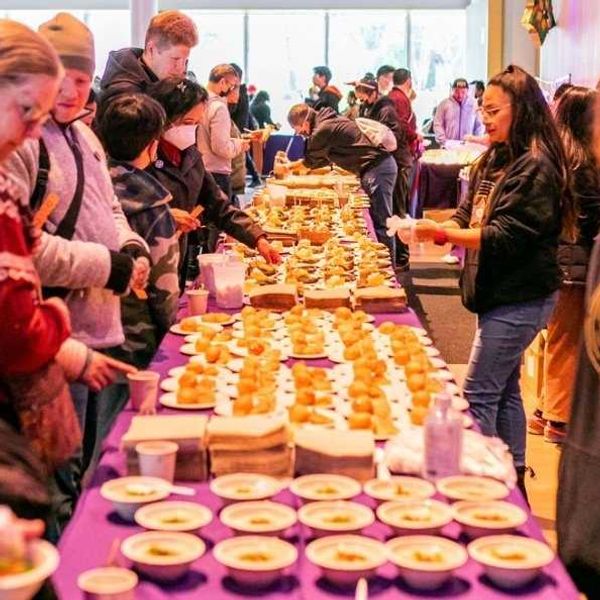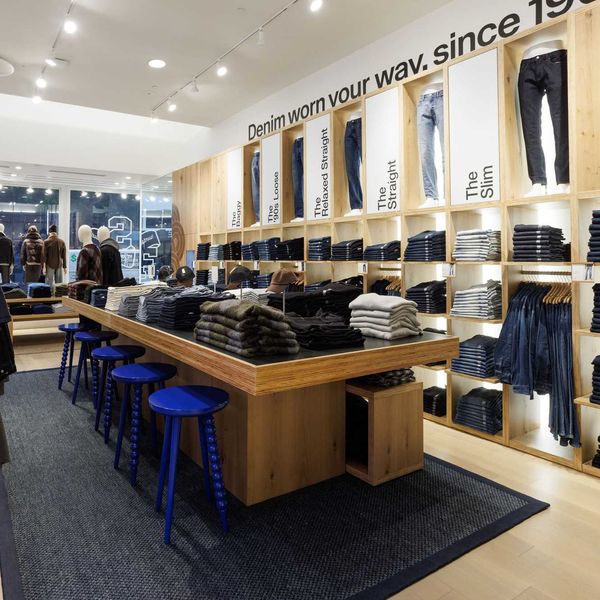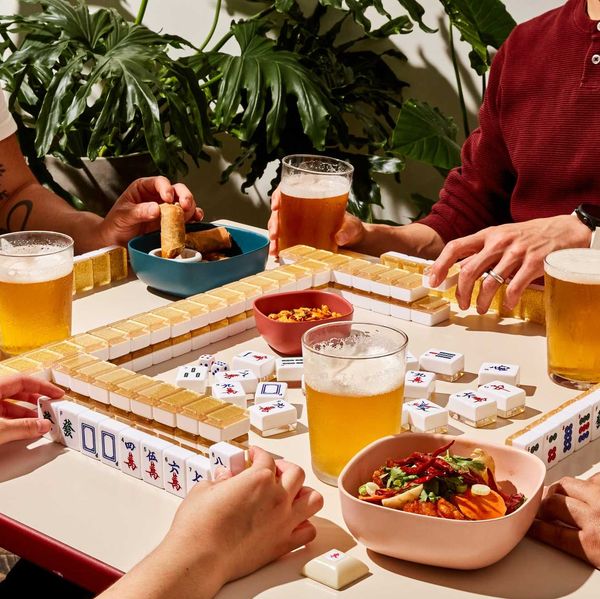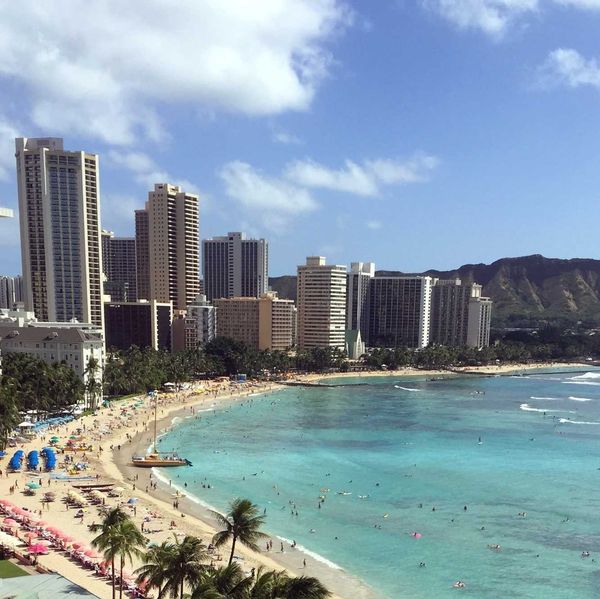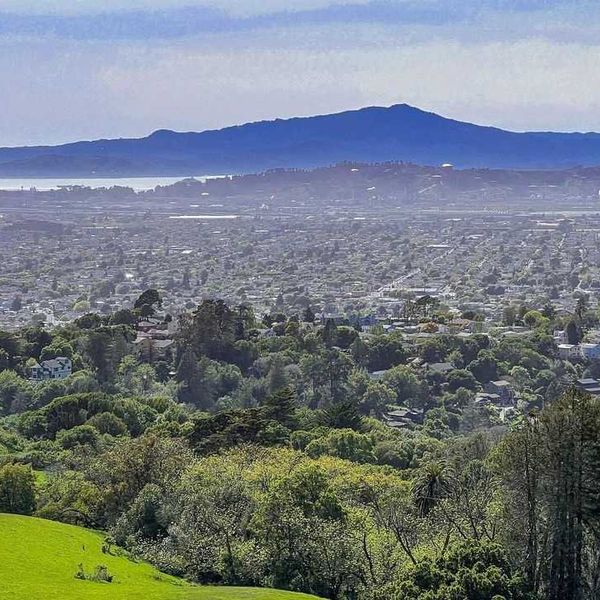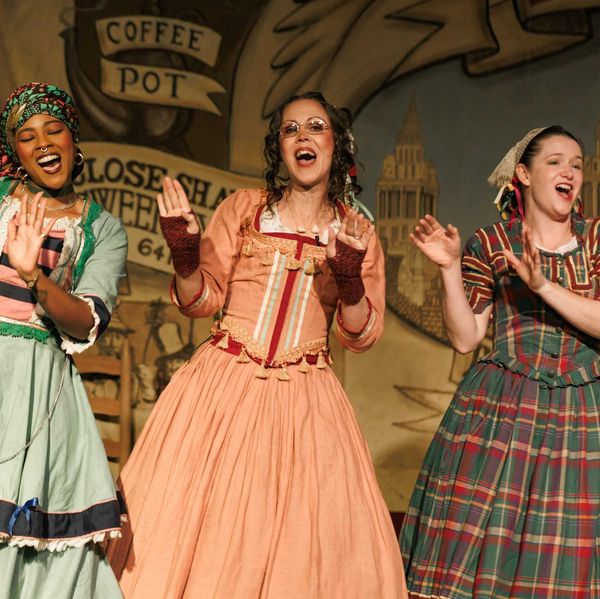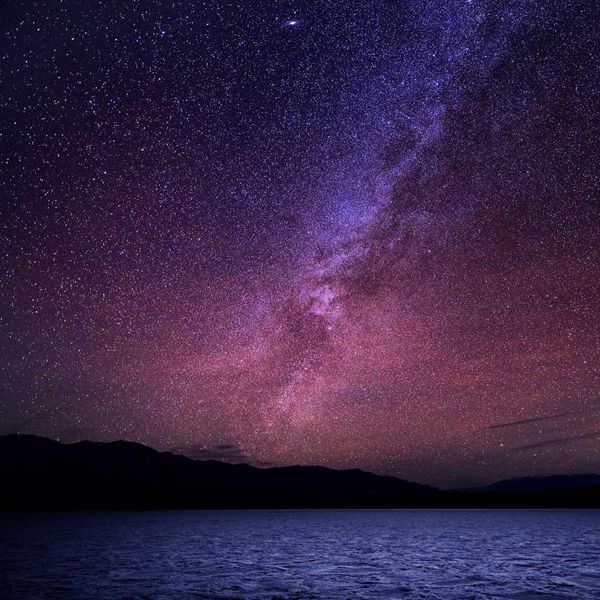In time for its 25th anniversary, Yerba Buena Center for the Arts is expanding its popular triennial exhibition, Bay Area Now—a showcase of our region's most innovative artists—to include notable architects and designers whose visions take aim at solving some of our most pressing urban dilemmas.
Joining the curation of painters, photographers, sculptors, and mixed media artists in this eight iteration of the exhibit are four local firms that are thinking beyond buildings, parks, and homes to consider "how ideas surrounding civic engagement, personal identity, solutions for climate change, or waste allocation can manifest themselves within the work, and propel the practice forward," says YBCA's Martin Strickland, who curated this portion of the exhibition.
Meet the brains who are building the future of the Bay Area.
Modem
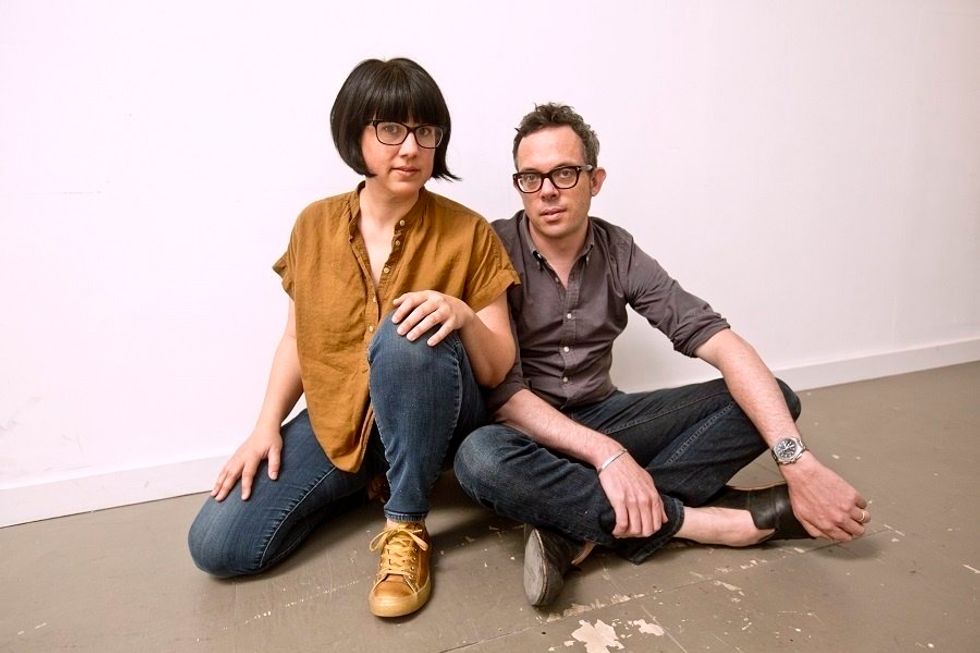
Kathryn Moll and Nicholas de Monchaux of Modem.
(Courtesy of YBCA)
Helmed by married couple Kathryn Moll and Nicholas de Monchaux (also an associate professor of architecture and urban design at U.C. Berkeley and director of the Berkeley Center for New Media), Modem is a young practice that works on both ends of the scale of traditional architecture.
On the one hand, says de Monchaux, "we do a lot of collaborations with artists." On the other, he continues, "we do a lot of work on themes of resilience and designing for climate change; community-focused work at the very large urban scale."
These are common themes in the individual work of both architects. "We think about everything from the scale of ecology to the scale of software," says de Monchaux. "That's something very particular to the Bay Area."
Launched in Oakland in 2017, Modem's projects are diverse: For Mills College Art Museum's Archaeology in Reverse (Sept. 8 through Dec. 9), the pair created sculptural installations to highlight the architectural space of the galleries; for the Resilient by Design Challenge, they developed "iconic and implementable solutions to climate change and sea level rise."
For Bay Area Now 8, Modem has produced a 22-by-8-foot map of the Bay Area that is composed of typewritten text; changing degrees of density in the words relate to various geological and climate hazards. The lines themselves have been culled from Craigslist-type internet posts—people seeking rides, or missed connections—that give a little glimpse of Bay Area life at the micro level.
"We bring a lot of humor to the work that we do," says Moll. "In this case, even though we are fundamentally doing a drawing and mapping project, we are having a laugh at the same time." // modem.work
Nemestudio
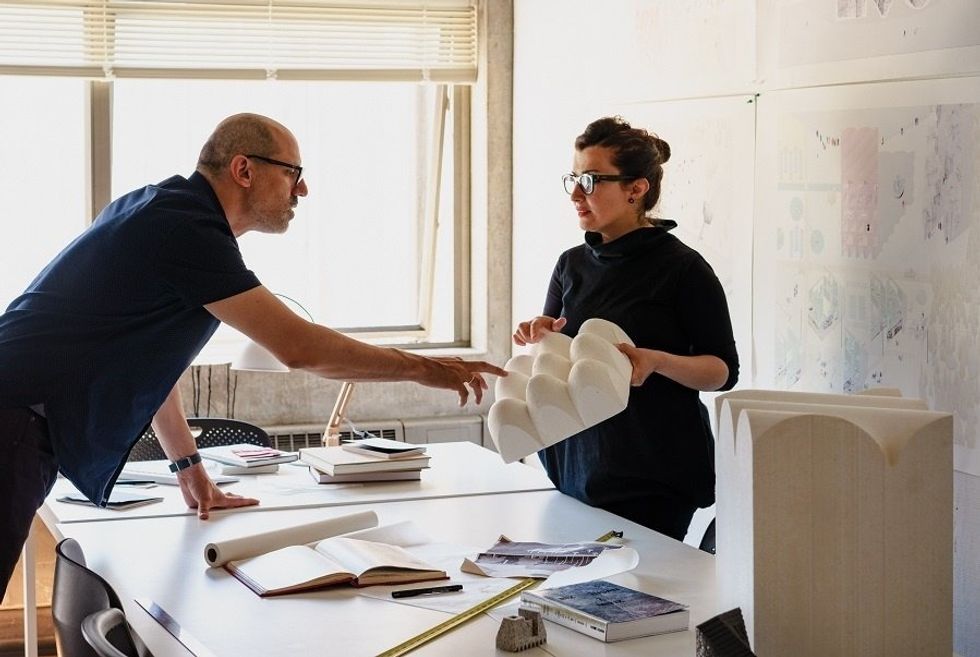
Mete Somnez (left) and Neyran Turan of Nemestudio at work on their Bay Area Now installation.
(Mark Mahaney/YBCA)
There's a two-fold character to Nemestudio's work. It's a kind of a "pendulum," says Neyran Turan, Nemestudio partner and assistant professor of architecture at U.C. Berkeley, between mundane everyday practices and architectural details and larger questions of the environment and urbanism.
She and Mete Sonmez, her partner in work and life, came up together as architecture undergraduates in Istanbul, Turkey, and later studied at Harvard Graduate School of Design.
After they completed their degrees, the pair moved to Houston and launched Nemestudio, making a name for themselves there in design competitions and through commissions like the 2014 LV House, a low-income housing initiative in which they improved upon the classic "shotgun" home.
Since 2016, Nemestudio has called the Bay Area home, and their work continues to make waves here and abroad for its juxtaposition of major environmental issues with architectural materiality.
In a recent installation at the Galata Greek School in Istanbul, called "Nine Islands," they addressed consumption of building materials—in Turan's view, many people tend not to think about where those materials come from or what their lifespan may be before they ultimately end up as waste—your marble countertop, from a quarry in Italy, may last just 20 years, as an example.
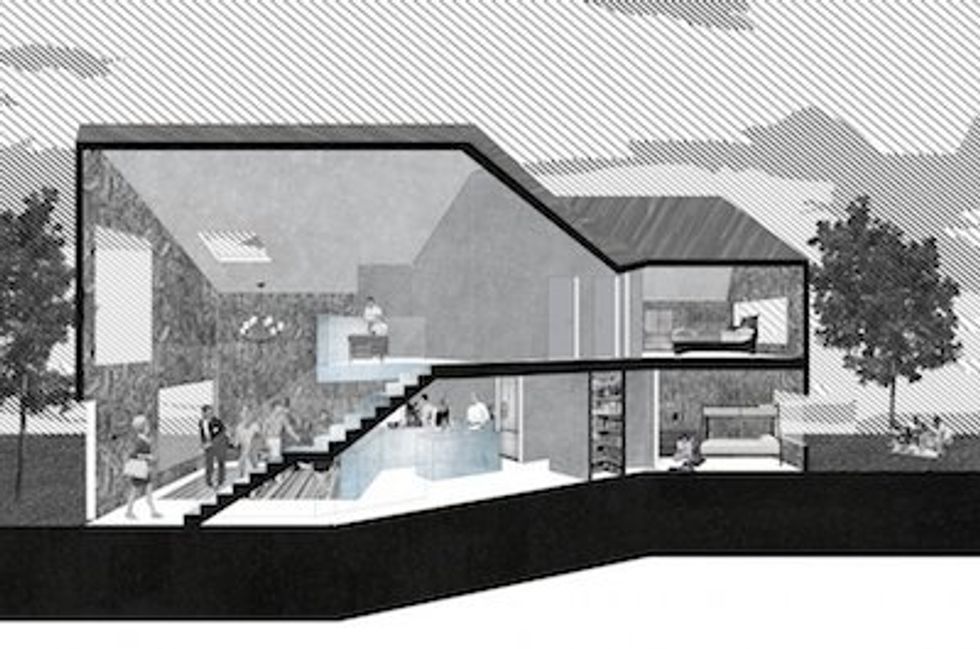
A rendering of Nemestudio's affordable LV House.
For Bay Area Now 8, Nemestudio is again tackling the issue of waste in a massive, triptych-like drawing representing a 19th century salon in their installation Our Junk, Their Ruin. In the piece, buildings and forms are made from e-waste and plastic garbage from the ocean. "The project really talks about a time in the future when waste is more abundant than resources; and an imaginary setting for architects where inspiration would come from waste," says Turan. "It's almost tragic and humorous. When you see the project, it's pleasing and nice, but slowly it gets you." // nemestudio.com
The Urban Works Agency
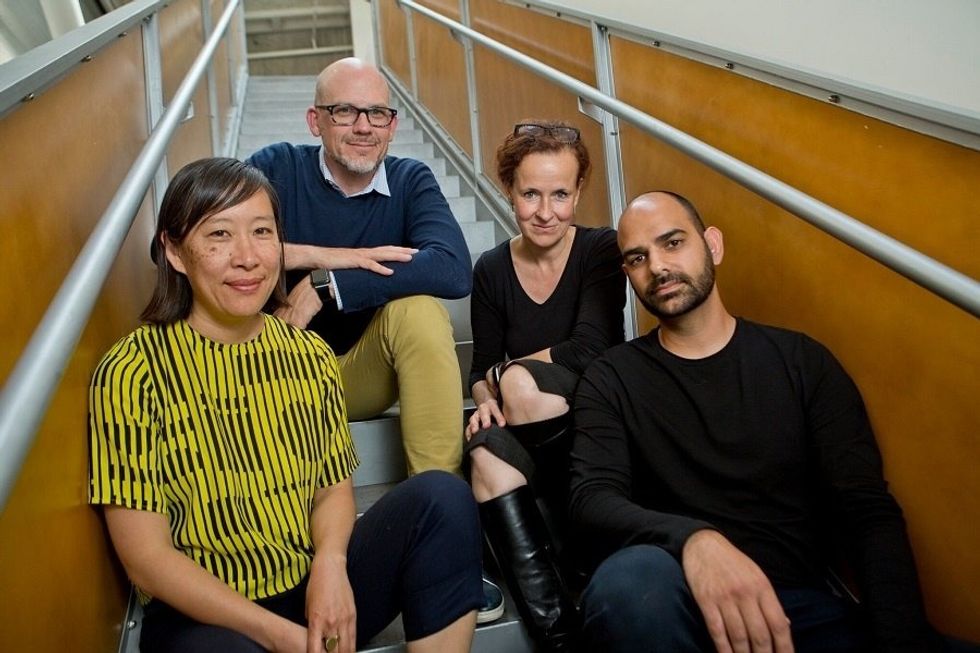
The Urban Works Agency team members (left to right): Janette Kim, Christopher A. Roach, Antje Steinmuller, Neeraj Bhatia.
(Courtesy of YBCA)
Ostensibly, The Urban Works Agency, initially formed in 2008, is an academic platform based at the California College of the Arts. But, as its name suggests, the mission here goes far beyond academia.
The Agency encompasses student classes, seminars, and studios, but it also develops independent research projects and collaborations with San Francisco nonprofits, city agencies, and the public.
It's "almost like a think tank," says assistant professor Neeraj Bhatia of the group of architects who come together here, outside of their private practices, to examine big-picture questions such as, the environment, city planning, and housing affordability, and how it all relates to the way Bay Area people live.
"Our mandate right now is to really engage students into real world problems, and we are actually producing work and putting it out into the city," says Bhatia, pointing to projects such as the recent "Berlin Multiplicities," in which students explored drawing as a format for engaging the public in conversations about the contemporary urban space. The group also recently participated in the Resilient by Design Challenge aimed at strengthening the Bay Area's resilience to sea level rise, severe storms, flooding, and earthquakes, and two exhibitions "The City + the City" and "Urbanism from Within" in partnership with the San Francisco Planning Department and SPUR, .
In their contribution for Bay Area Now 8, The Urban Works Agency looks at the decision-making process in A Seat at the Table. // urbanworks.cca.edu
Hyphae Design Laboratory
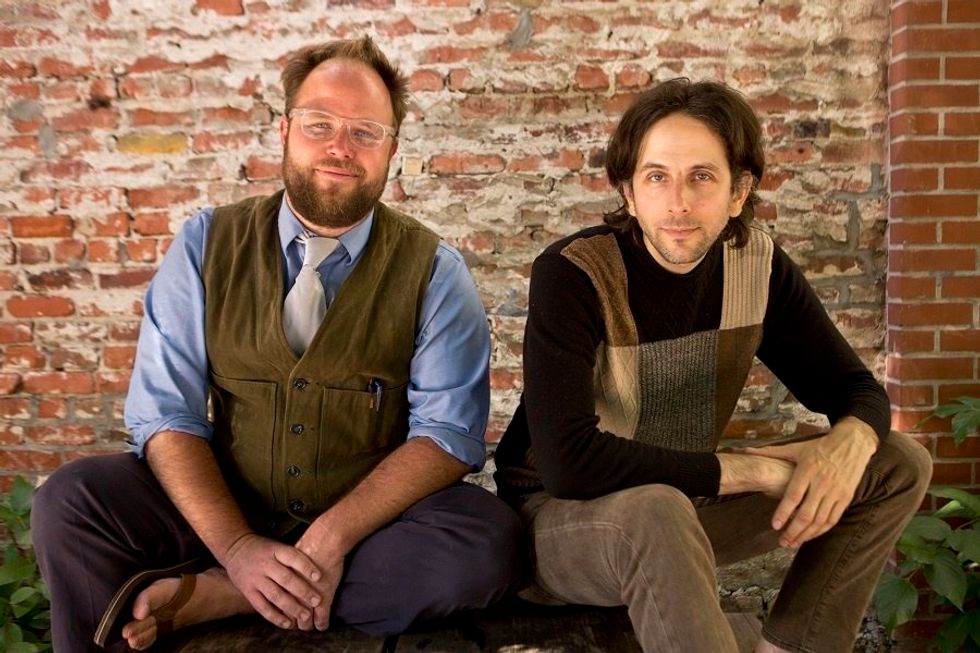
Brent Bucknum and Daniel "Fletch" Fleischer of Hyphae Design Laboratory.
(Courtesy of YBCA)
Over the last decade, Oakland's Hyphae Design Laboratory, founded by Daniel "Fletch" Fleischer and Brent Bucknam has been looking at connections between people, urban design, and ecology to determine ways to reinvent cities as more robust ecosystems.
At the intersection where these factors meet lies a common need: sanitation.
"I often call that the great equalizer," says Bucknum. "Everyone is peeing and pooping every day. In our built environment, it's one of the more dramatic impacts we have."
Experiments in sanitation show up throughout Hyphae's portfolio, from an early project that used human urine to run an algae bioreactor that consumed exhaust to a 2014 project called the Pplanter, a public urinal that used bamboo to breakdown the pee. Bucknum calls this "tactical urbanism," practical interventions that solve urban problems using design and technology. More recently, Hyphae has begun to examine human health in urban ecosystems. They are currently collaborating with the University of Louisville in Kentucky and the Nature Conservancy to study how greening a neighborhood might improve the cardiovascular health of residents.
Hyphae's project for Bay Area Now puts these two concepts—sanitation and human health—together with an installation that will collect urine from galler goers, analyze it biochemically, and produce health metrics within a few minutes. The remaining urine will then be processed into fertilizer and drinking water. It's an installation that challenges the idea of what is a useful urban resource.
"Even though we look at urine as waste, it's a very informative print-out or receipt of our health," says Bucknum, and one that can provide solutions, not just challenges, in the built environment. // hyphae.net
// Bay Area Now 8, Sept. 7, 2018 through Mar, 24, 2019; Yerba Buena Center for the Arts, 701 Mission St. (SoMa), ybca.org.



